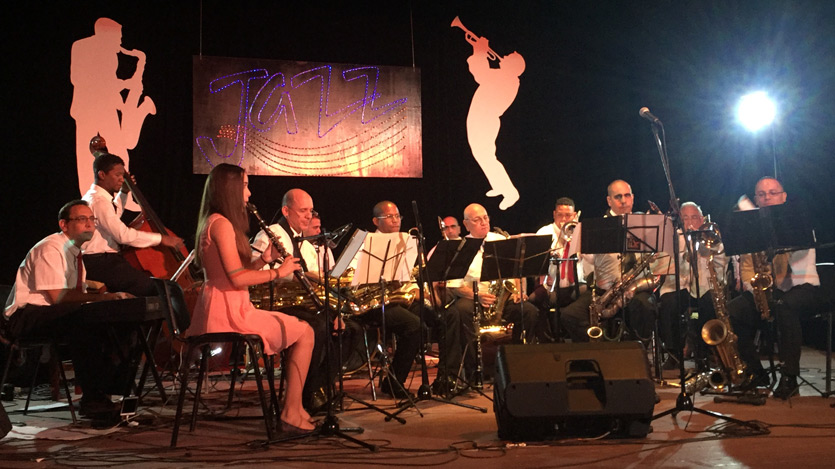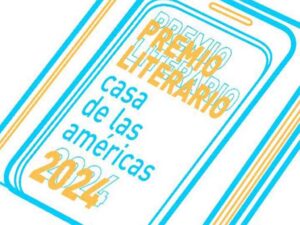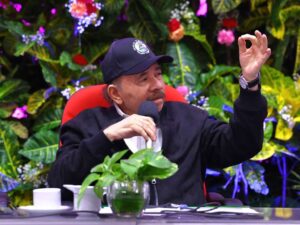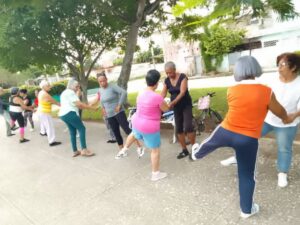Very few people from Morón, when they hear about the Jazz Centro Festival, know the details of its emergence twelve years ago now, let alone the exact date on which the project was born. In mid-2013, the unforgettable Maestro Nelson Oney, director of the group La Familia, talked to me about the importance of creating a club to promote knowledge of jazz as a musical genre.
At first I didn’t think it was a subject that could be taken on by the Avila branch of the Guillén Foundation, which I chaired at the time and currently preside.
I remember that at an event held at the Masonic Lodge, where I gave a talk on José Martí and literature, which closed with a brilliant performance by La Familia, Nelson returned to the subject, but this time he convinced me, because he gave me a real dissertation on the project, assuring me that there would be workshops and live performances every month, and that they would invite jazz musicians from different regions of the country.
The third time we met was on 18 October 2013. The meeting took place at the headquarters of the Nicolás Guillén Foundation at 9 Martí Street. The morning was predicted to be rainy, but that was no obstacle for the Maestro to arrive accompanied by his son, the pianist Daymon Oney, and tell me, with no half-measures, and in that lilting baritone voice of his: «We have come to create the Jazz en familia project, that’s what it will be called».
I called my wife, the writer Lina Leiva, Vice-President of the Foundation, so that she could also witness that historic moment for the culture of the municipality. Nelson let me know that he had already mentioned the proposal to the Provincial Music Centre and that they had congratulated him on the idea, so all that remained to be determined were the details, but this foresighted, wise, humane, altruistic man… already had the details of this dream on a sheet of paper.
Jazz en familia», he said, «will be held once a month (on the third Saturday at 9.30 a.m.) and the workshops will be held twice a month, on a designated day. The project will aim to create a space for jazz lovers, to delve deeper into this type of music and to educate the population about it».
In this way, the Maestro with his wisdom and I as a historian, trying not to miss a detail of that historic moment, this event, which is already on its way to becoming a tradition, if it is not already one, was forever engraved in the infinite murals of the future.
As it was conceived, this is how this unique project began to develop. The Patio del Pozo of the Nicolás Guillén Foundation, the same space where the project Las barcas de cristal takes place, saw many brilliant jazzmen of our country. The performances were anthological, unrepeatable; the prowess of those musicians who came from other provinces and from the capital to share with Nelson, Dayron, Daymon, Dayton, Yoandro, Nilo, Larry Carlos and others, were unforgettable. I can assure you that the reality far exceeded the expectations of Maestro Nelson Oney.
Then, to these peñas, meetings, musical embraces, I don’t know what to call them, a jazz-loving public joined in, or those who were beginning to fall in love with this genre. Foreigners came to the patio, attracted by the contagious sound, sat in silence and listened attentively until they applauded deliriously when the music stopped.
I remember that the first to arrive from across the sea were some Italian journalists. Then a journalist from Sondrio who had been one of the first tour operators of the Flamingo in Cayo Guillermo, Eugenio Ciocca, arrived in a frenzy.
When he saw them perform, he promised to bring many of his colleagues because he could not afford not to share with his friends the marvellous encounters. The Italians continued to attend the peñas, as did the French and the President of the Centro de Investigación e Información de Acapulco, Mexico, Dr. Benjamín Galicia Hurtado.
Jazz players from Camagüey, Avileña, Villaclare and the capital alternated. Sometimes they coincided and those encounters were never-ending. After the musical performances, there were exchanges of experiences, future plans, confessions of dreams. There wasn’t an important musician who had disappeared to whom one of the peñas was not dedicated and whose musical history was not talked about.
The summer of 2014 was a memorable one for the Jazz en familia project. On 6 June, according to my notes, percussionist Aismar Simón, double bassist Eduardo Campos, trumpeter Randy Veitía and pianist Yasel Curbelo, all from Camagüey, elevated jazz to stellar levels, then the hosts, La Familia, did their thing, but when they came together it was what we could call a true jazz catharsis.
On 14 July, the guest turned out to be saxophonist laureate Michel Herrera, who exchanged with La Familia, but especially with Nelson, Dayton and Dayron. I remember that Michel said at the end of the meeting that he could not conceive of musicians of that stature being so far from Havana, especially if he was unaware of their existence.
Alternating with the Jazz en Familia peñas, maestro Nelson Oney gave music creation workshops at the Foundation’s headquarters.
After two years of jazz in the Patio del pozo, workshops, exchanges, hugs, toasts, promises, on 7 November 1915, the Gala of the Jazz Centro Festival of the Nicolás Guillén Foundation, sponsored by Culture in the municipality, finally took place. The venue turned out to be the Reguero theatre, but the download and the theoretical event took place at the Foundation itself. The jazz players wanted to unload the first Festival in the same place where they had matured their pentagrams, where they had received the most rapturous applause.
At the Gala, the Festival’s Jazz Band Orchestra performed all stages of jazz, and Maikel Elizarde, a prominent tres player from the city of Santa Clara and member of the group Trovarroco, which accompanies Silvio Rodríguez, gave a concert. Hosts Omar and Patricia highlighted the contribution of the Nicolás Guillén Foundation in the province and of Maestro Nelson Oney in making the festival possible. The gala was attended by all the invited artists and the group La Familia, to whom Larry Morales presented the Cuerda Rota Distinction. The group also received an award from the Municipal Culture and the Provincial Music Centre.
The Hugo Cortijo art gallery joined this festival with a photographic exhibition called Primeros planos and finally, on Sunday 8th from 10.30 am. the Patio del pozo welcomed the guests and the hosts, first in a theoretical event in charge of the specialist Omar Fernández and then in an anthological download in which the group Tahití, Música abierta, Maikel Elizarde, Sandunga, Maracuyá, with Eduardo Ramos, Jo Jazz, Perspectiva, Jaser Cuartet and La Familia participated.




